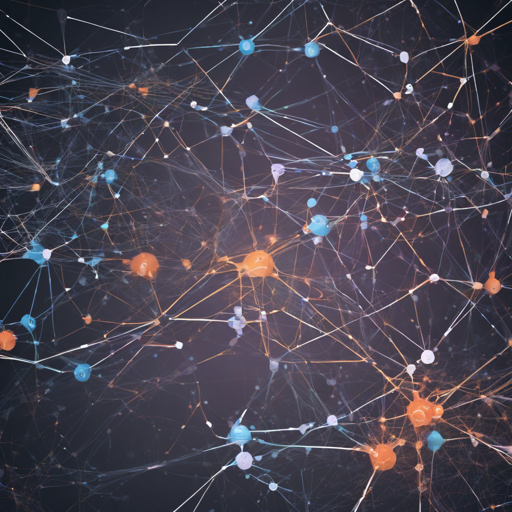Dive into the world of machine learning with this comprehensive guide on the Latent Space Autoregression for Novelty Detection. Here, you will learn how to set up the environment and run experiments designed to detect anomalies in datasets like MNIST, CIFAR-10, UCSD Ped2, and ShanghaiTech.
Step 0: Clone the Repository
Before diving into the code, the first step is to clone the repository to your local machine. You can achieve this by executing the following commands in your terminal:
git clone https://github.com/cvpr19-858/novelty-detection.git
cd novelty-detectionStep 1: Environment Setup
This code is designed to function smoothly on Python 3.6. The easiest method to set up your environment is via pip using the requirements.txt file. Install the necessary dependencies with the following command:
pip install -r requirements.txtStep 2: Download Required Datasets
The MNIST and CIFAR-10 datasets will automatically download via torchvision, but you’ll need to manually download the UCSD Ped and ShanghaiTech datasets. Here are the URLs and steps:
- Download UCSD Ped: UCSD Ped Dataset
- Download ShanghaiTech: ShanghaiTech Dataset
After downloading, unpack them into the data folder with the following commands:
tar -xzvf path-to-UCSD_Anomaly_Dataset.tar.gz -C data
tar -xzvf path-to-shanghaitech.tar.gz -C dataStep 3: Model Checkpoints
For your models to run effectively, you’ll need to download pretrained checkpoints. These are available at this link: Checkpoints. Once downloaded, untar them into the checkpoints folder:
tar -xzvf path-to-tar.gz -C checkpointsStep 4: Running Tests
Once you have everything set up and ready, conducting tests is as easy as running the test.py script. The usage is straightforward:
python test.py Replace <dataset-name> with one of the following options: mnist, cifar10, ucsd-ped2, or shanghaitech.
Troubleshooting
If you encounter issues during any of the steps, consider the following troubleshooting tips:
- Ensure that Python 3.6 is properly installed and is the active version you’re using.
- Check your internet connection when downloading datasets and folders to avoid incomplete downloads.
- If you faced problems executing commands, double-check the file paths and ensure that they are valid.
- For more insights, updates, or to collaborate on AI development projects, stay connected with fxis.ai.
Conclusion
With this guide, you are now equipped to run experiments using the Latent Space Autoregression model for novelty detection. The ability to classify one-class datasets and detect anomalies can be pivotal in numerous applications. At fxis.ai, we believe that such advancements are crucial for the future of AI, as they enable more comprehensive and effective solutions. Our team is continually exploring new methodologies to push the envelope in artificial intelligence, ensuring that our clients benefit from the latest technological innovations.

